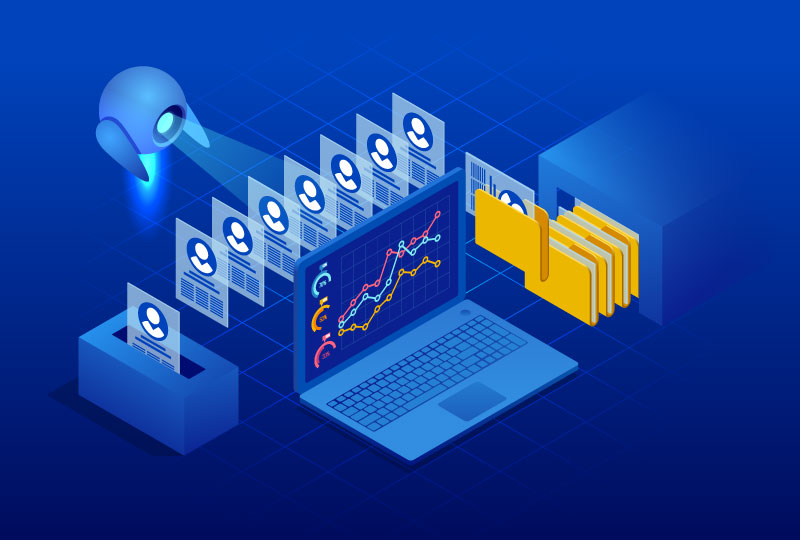A large number of financial organizations invest most of their time in managing things. Irrespective of the size, location, and the number of transactions in question, the scenario remains the same throughout when it comes to checking and matching transactions manually, preparing and posting journals to complete the required bank reconciliations.
Although size doesn’t matter, various mid-size and enterprise organizations find bank reconciliations even tougher! This is because they deal with a bigger number of account types, institutions, payment types, time zones, and payment complexities which make matching reconciliations a tough task.
[Also Read: How Robotic Process Automation Can Streamline the Accounts Payable Processing?]
The Current Challenges in Account Reconciliation Process
A few of the challenges commonly encountered in the bank reconciliation process include:
- Duplicate entries: this could happen due to system or human error
- Date/time discrepancies: these differences often arise due to the difference in time zones, system clocks, transaction timing, and local time cut-offs
- Discrepancies in date formats: more often than not, the different formats of date across systems create discrepancies and confusion
- Human-generated data errors: slightest discrepancies like the placement of an extra comma, the presence of an inadvertent character or simple misspelling
- Multiple transactions: a single invoice consisting of multiple transactions complicate the reconciliation process
All these challenges have been present in the bank reconciliation process for ages. Most financial businesses tackle this challenge through traditional methods, which include manual data cleansing and forced data transformation to ensure that all the entries follow a certain format. Additionally, some institutions choose to go for small-scale automation through Excel Macros and Visual Basic scripts.
[Also Read: Why, Where and How of RPA in Banking and Financial Services Industry]
This is When Robotic Process Automation Can Help!
Although the use of Excel Macros can help you in automating the tasks at a small scale, the entire process is really cumbersome. Not all employees are comfortable with this approach, and this is when RPA, robotic process automation, makes things simpler.
An RPA is the automation brought about by the right use of artificial intelligence (AI) and machine learning capabilities. These technologies are capable of analyzing and evaluating a high volume of data. They can perform repeatable tasks with zero room for error – quickly, accurately and effectively.
Essentially, an RPA works by extracting the relevant documents and data. This could be in the form of bank data files, register data files and the like. It, then, performs a quick check to spot any discrepancies.
Next, data is matched at the transaction level, and mismatches and discrepancies are identified. The RPA then investigates the reconciling items, fixes errors, ad get approvals.
Once approved, the entries are finalized, and updates are closed.
All this automation brings in reconciliation process introduces a range of advantages like:

- Assures higher accuracy and robustness
- Better matching of records with fewer exceptions
- Easy to use and maintain set up
- Saved time and resources
What more can you ask for?
[Also Read: HDFC Life Rolls out 100+ AutomationEdge RPA Bots to Drive Intelligent Automation]
AutomationEdge is the Best RPA for Bank Reconciliation!
Now that it is evident how important a role RPA plays in the bank reconciliation process, it is important to mention here that AutomationEdge can do it all. Based on cognitive capabilities, machine learning, and artificial intelligence, AutomationEdge is the best RPA software that could reduce your costs by up to 80 percent.
The Next Steps
Make the entire process of reconciliation interesting and accurate by introducing AutomationEdge RPA today. To know more Request a demo.
